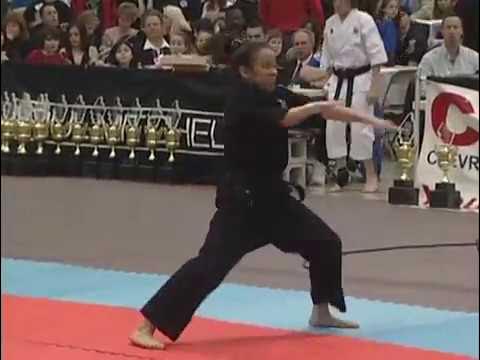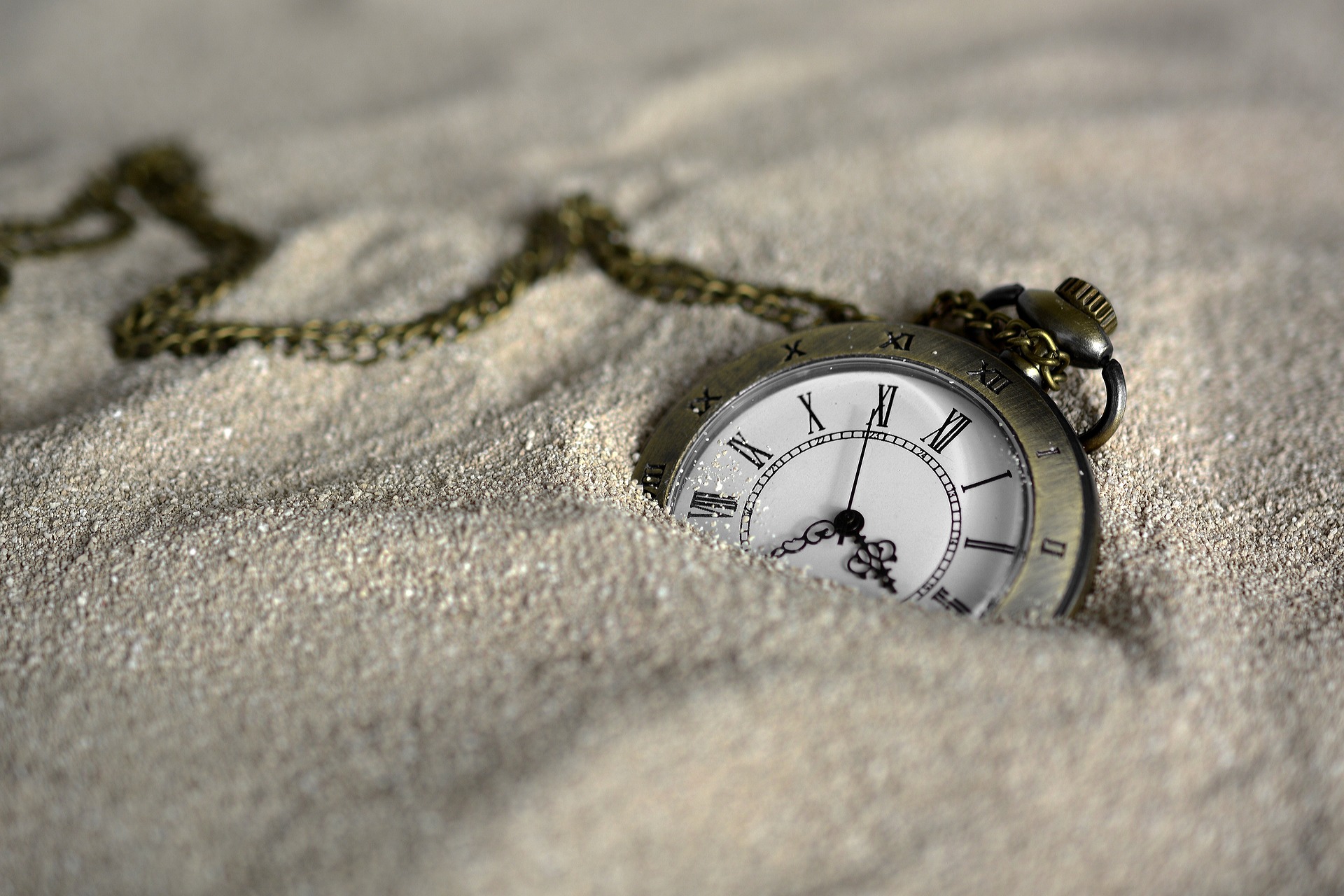I was attending a multicultural event featuring Filipino folk dancers when something unexpected caught my eye. One particular dance involved performers holding sticks, swaying from side to side, and rhythmically tapping their sticks together. To me, it looked remarkably like a martial arts demonstration—Filipino fighting sticks disguised in the elegance of a traditional dance. Coincidence? Maybe not.
In martial arts tournaments, there is an event called Musical Kata, which combines traditional forms with music to create a dynamic and rhythmic performance. This event allows practitioners to blend their skills with creativity, timing their techniques to music for maximum impact and artistry.
A Brief History of Musical Kata
Musical Kata rose in popularity in the 1980s and 1990s with the rise of performance martial arts and tricking competitions. It allowed competitors to showcase their athleticism, acrobatics, and expression in a crowd-pleasing format. Initially scorned by traditionalists, Musical Kata challenged rigid boundaries and brought fresh energy to the practice of kata.
As Philip Richard Thomas noted in 2004:
“The irony of musical kata is that the kata were probably folk dances to start with. They lost their musical ties and have since been reborn with them, amusingly to widespread scorn by ‘traditionalists’… However, the ties between dancing and martial arts are very close in many cultures. This is because they both exert and develop similar physical qualities, and require that the body be moved in particular motions and to certain rhythms.”
All Words Lead to Dance
What I love about Thomas’s quote is his emphasis on the connection between martial arts and dance. Across cultures, the line between kata and choreography is thin. Even in our system, our foundational forms are referred to as Monkey Dances. Many languages use words for kata that also mean “dance” (like sayaw in Filipino). So, it’s natural to want to perform kata to music.
Step One: Find the Beat
Start by choosing a song with a clear, driving beat. High-energy, up-tempo songs are best—they create excitement for both performer and audience. However, pick something you enjoy. If you feel energized and connected to the music, your performance will reflect that. Just like traditional kata, Musical Kata requires repetition and practice.
Step Two: Match the Kata
Next, select a kata that complements the rhythm and energy of your song. You can also reverse this process—start with your favorite kata and find a song to match it. Pay close attention to pacing. The speed and rhythm of your strikes, stances, and transitions should align with the musical beat. If your kata’s rhythm doesn’t match perfectly, don’t be afraid to adjust it slightly.
Step Three: Rehearse and Refine
Practice your kata with the music. Let the rhythm guide you. Make minor timing adjustments or add transitional movements to better match the musical phrasing. Feel free to combine two katas if the song is long or particularly expressive. You’re not just performing a form—you’re telling a story through motion and sound.
Step Four: Perform with Power
As with any performance, presence matters. This is your stage moment. From the walk to the mat to your final bow, you are in character. Wear your “game face.” Show intensity, surprise, or defiance—whatever fits your kata’s spirit. Make your strikes and kicks clean and expressive. Pause for dramatic effect. Hold your balance longer to showcase control. If your kata calls for low kicks but your song begs for high ones, don’t hesitate to adjust.
This is your martial arts theater, and you are the star.
Where Martial Art Meets Martial Heart
Musical Kata is more than just flashy moves to music—it’s an exploration of creativity, rhythm, and martial identity. It invites you to reimagine your kata, not just as a drill, but as a living performance. Whether it’s traditional or theatrical, every form of kata practice strengthens your skill, focus, and spirit.
So have fun. Explore. Innovate. Let your kata dance.
Want to refine your kata for performance or competition?
Join our Karazenpo Go Shinjutsu program or sign up for our upcoming Kata Workshops. Elevate your form, master your rhythm, and take the spotlight with confidence.



